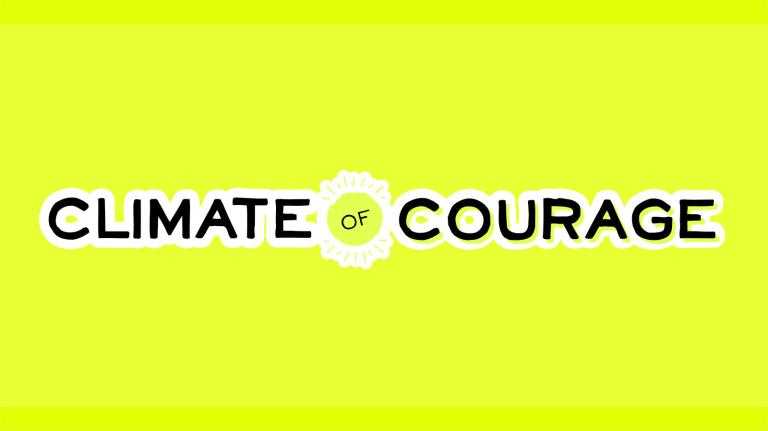Over the past few months, demand has exploded for transformative action on climate change. A majority of voters in both parties support a Green New Deal, and the solutions on the table are — at last! — in line with what scientists say is necessary to preserve a habitable planet within our lifetimes. How has all this happened so quickly?
During the Trump era, the fraction of U.S. citizens who self-identify as “alarmed” about climate change — those willing to transform their lives to help solve the problem — has nearly doubled. According to the Yale Program on Climate Change Communication, almost 1-in-3 Americans — about 100 million people — are champing at the bit for climate action, vastly outnumbering the 9 percent of Americans who are “dismissive” of climate change. (See: Trump himself.)
What’s happened in the past few months? In addition to the scarily familiar litany of extreme weather disasters, we got a stark report back in October from the Intergovernmental Panel on Climate Change saying that civilization itself was at risk without radical emissions reductions over the next decade. That spurred an influential youth-led movement, with rising stars like Representative Alexandria Ocasio-Cortez who speak passionately about the fear of growing up together in a world where survival is not a sure thing.
There’s a new vein of psychology that is starting to analyze climate change from the perspective of a massive, shared trauma, and its conclusions are profound: “Climate trauma” can only be addressed by naming the enormity of what we’re facing. Only then can we process how we feel about it, and move forward together, to solutions.
The Green New Deal is still a work in progress, and it’s going to take sustained effort to make sure the future it promises doesn’t leave behind those who are being most affected by climate change. But as long as those pushing for radical policy change keep directly confronting the scale of the problem, it’s going to be easier to bring even more people on board.




